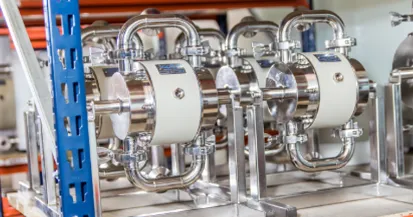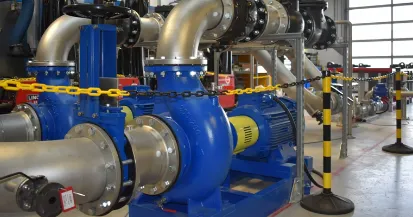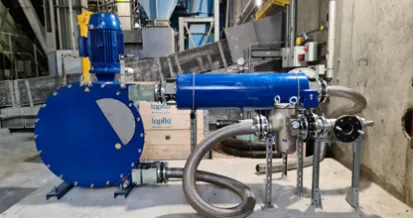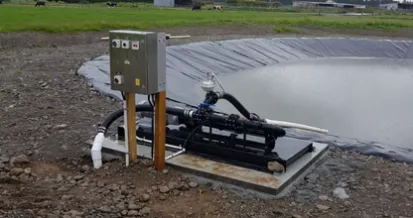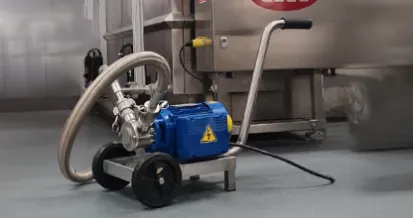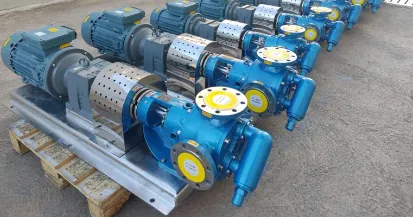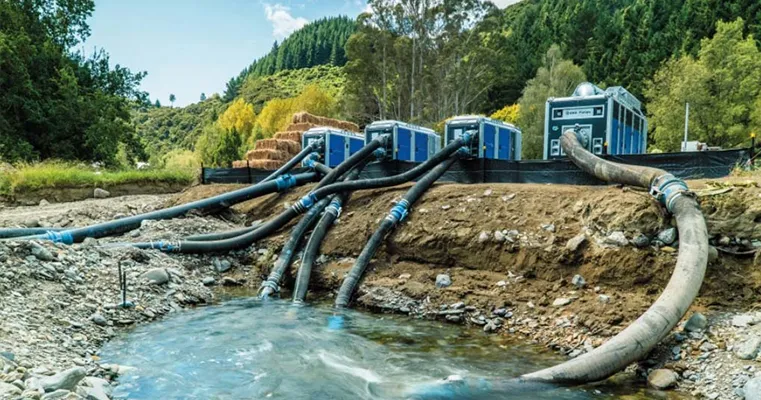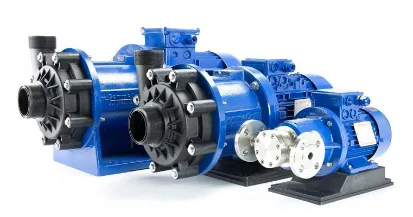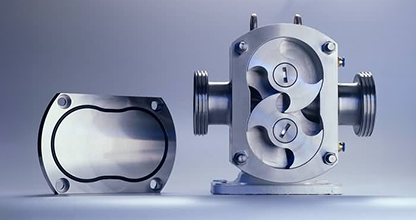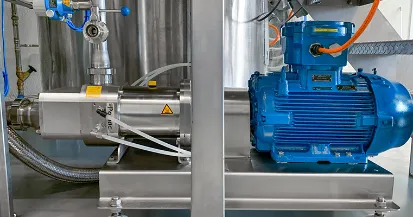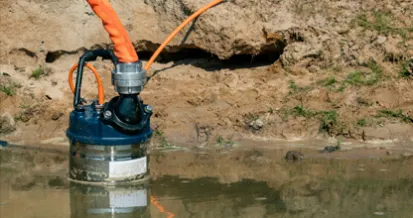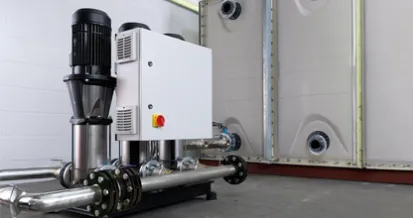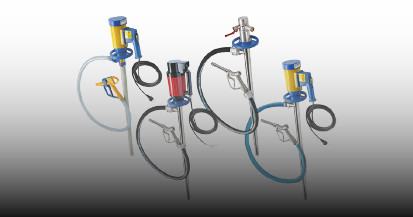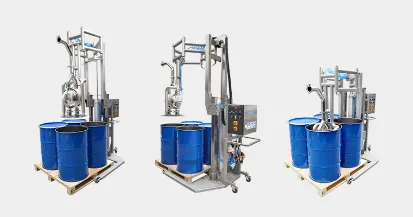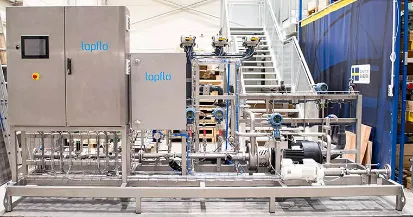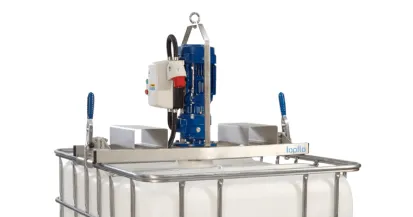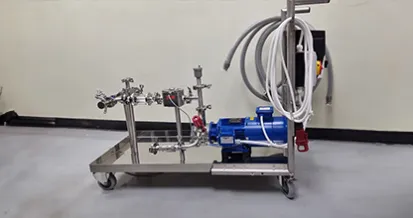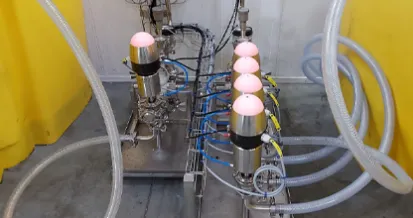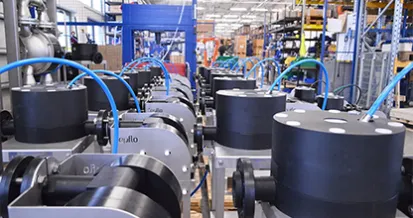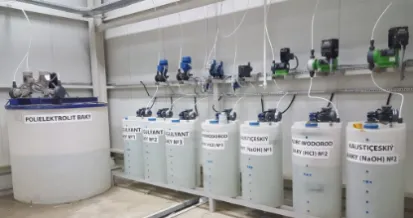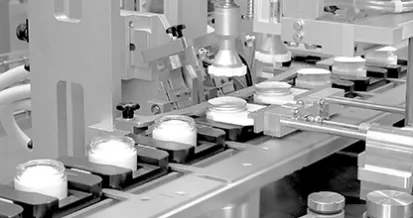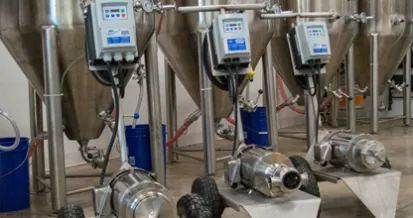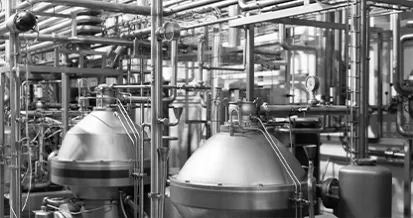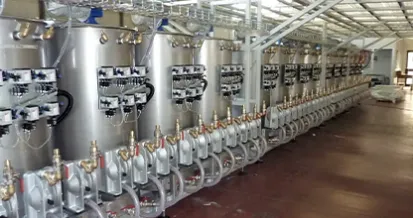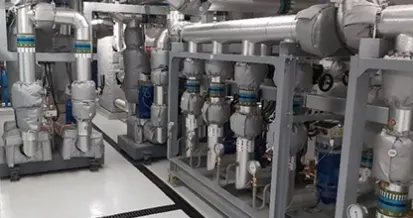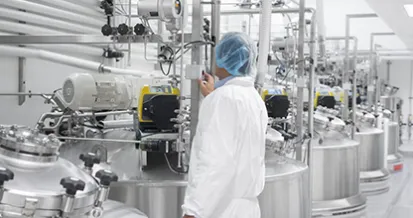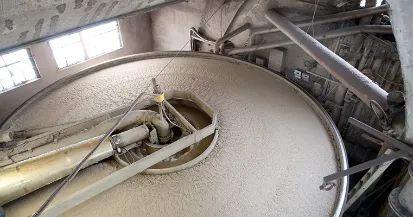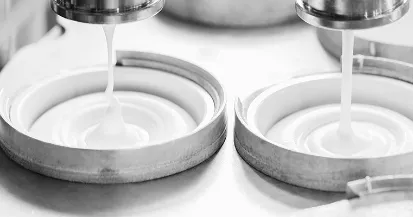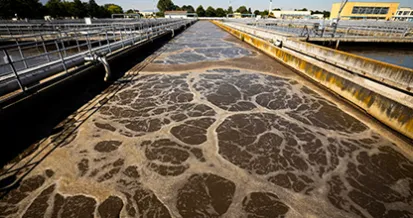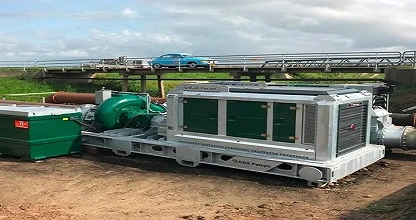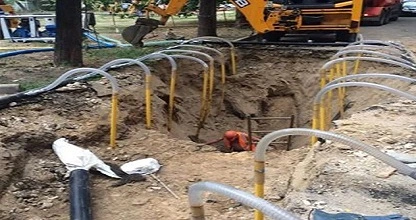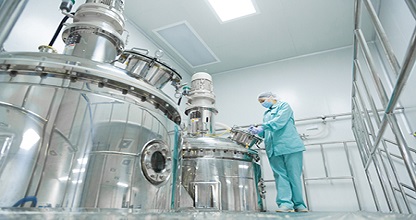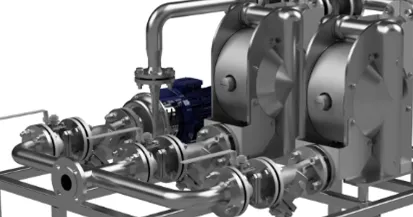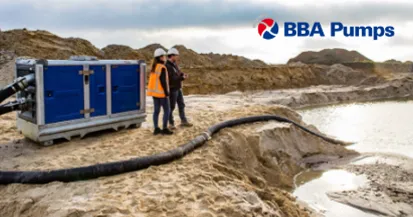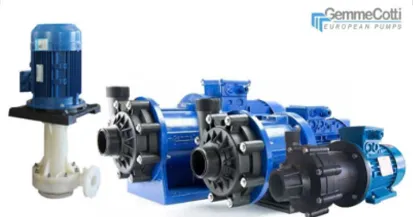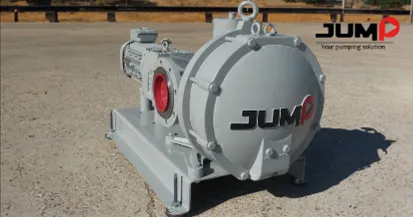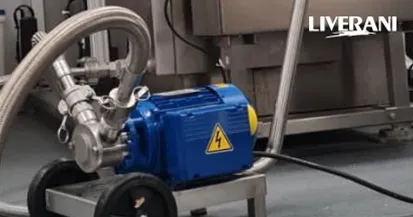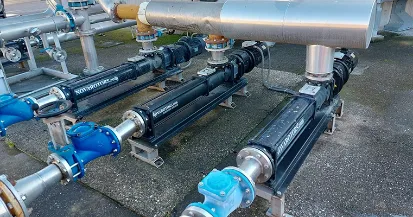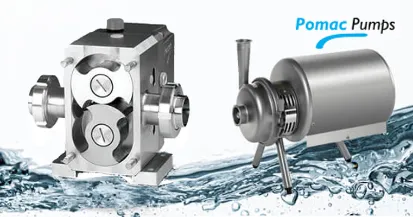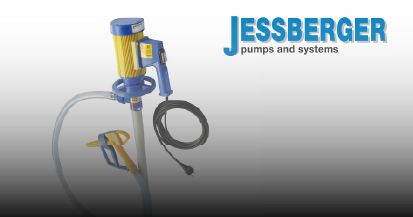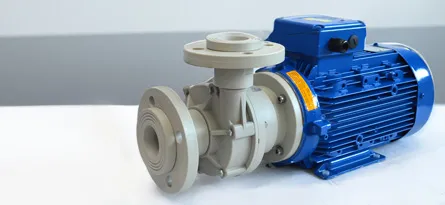Maintenance
The CTP range pumps have been designed and tested to run for 5000 hours in ideal working conditions. Please note that it is a conservative figure since the actual duty point of your pump can substantially modify this value. Additional factors such as intermittent operation, type of pumped liquid and installation in the plant may affect the life of components that are subject to wear. In any case, Tapflo advises to service pumps every year, even when used in ideal operating conditions.
Periodically check the suction and discharge conditions and motor according to the instructions provided by the motor manufacturer.
| Overheating of Motor | Insufficient Capacity | No Pressure in the discharge | Irregular Capacity | Noise & Vibration | The pump gets Clogged | Overheating of the Pump | Abnormal Wear | Leak in the Mechanical Seal | Possible Reason | Solution |
| X | X | Motor running in the wrong direction | Invert the direction of rotation | |||||||
| X | X | X | X | Insufficient Suction Head (NPSHa) | Increase NPSHa by: – Raise the Fluid Level at the fluid source – Lower the pump – Increase the Pressure in the Suction Tank – Reduce Vapour Pressure – Increase the ø of the Suction Pipework – Make the Suction Pipework shorter and more direct |
|||||
| X | Pump/pipe is clogged | Clean Pump and Pipework & introduce Strainer / Filter | ||||||||
| X | X | X | X | Cavitation | Increase NPSHa Bring the pump “on curve” by use of a regulation valve on the discharge of the pump Reduce the temperature of the liquid Clean any filters or strainers Ensure there are no air pockets in the pipework |
|||||
| X | X | X | X | The pump is sucking air | Make sure all the connections leading to the pump are tight. | |||||
| X | X | X | Discharge Pressure too high | Reduce the head by increasing the pipe ø and/or reduce the number of valves and bends | ||||||
| X | X | Flow Rate is too high | Reduce the Flow Rate by:
– Partially close the discharge valve |
|||||||
| X | X | X | X | X | Liquid Temperature is too high | Cool the liquid or introduce a Thermosiphon | ||||
| X | Broken or Worn Mechanical Seal | Replace the Seal | ||||||||
| X | Wrong material of O-Rings | Mount O-Rings in suitable materials (contact us) | ||||||||
| X | X | X | X | The Impeller scratches on the pump housing | Reduce the temperature of the fluid and/or suction pressure. Adjust the clearance between the impeller and the housing. |
|||||
| X | X | Too much load on the pipe | Connect the pipework independently of the pump using expansion joints/bellows | |||||||
| X | X | X | X | Foreign Objects in the liquid | Install a suitably sized strainer/filter in the suction side of the pump. | |||||
| X | Spring Tension in the Mechanical Seal too low | Adjust, as detailed in the manual | ||||||||
| X | Shut Off Valve Closed or Obstruction on the Suction Side | Check & remedy | ||||||||
| X | Discharge Pressure too Low | Increase the pressure generated by the pump by installing a larger impeller Review the discharge pipework to assess whether it can be made any more direct or shorter. |
||||||||
| X | X | The pump is not filled with liquid | Fill the pump with liquid | |||||||
| X | X | X | Liquid Parameters are different from those calculated with when selecting the pump | Check the liquid parameters against those supplied. Verify selection. Review pump suitability and change if necessary. |

